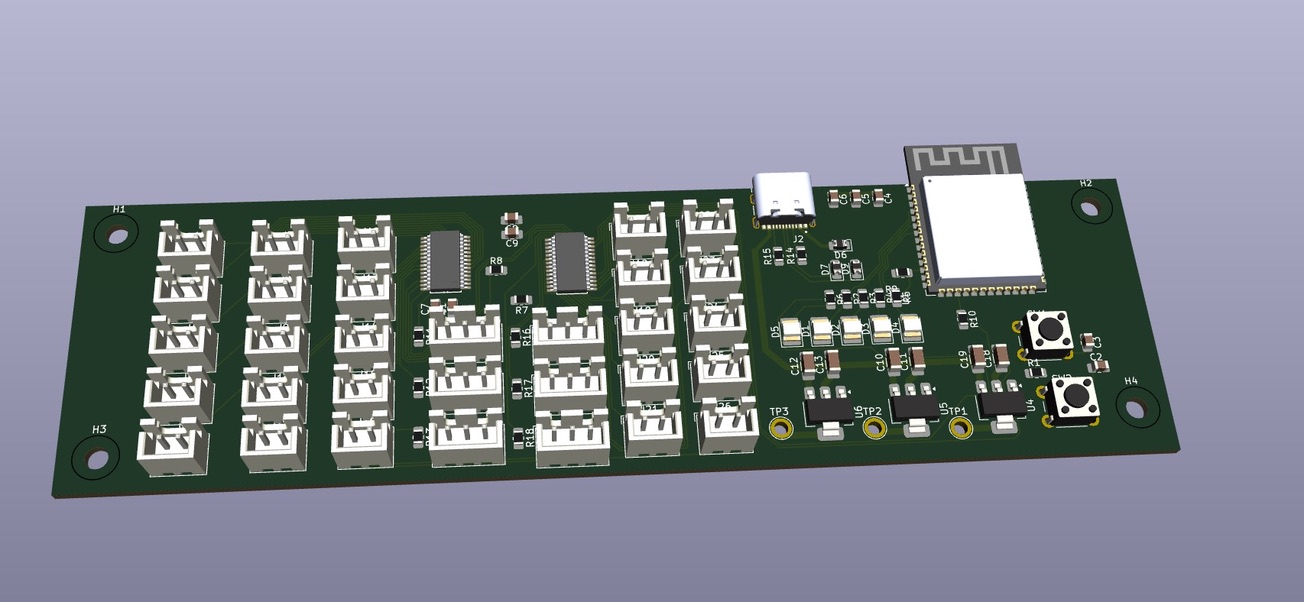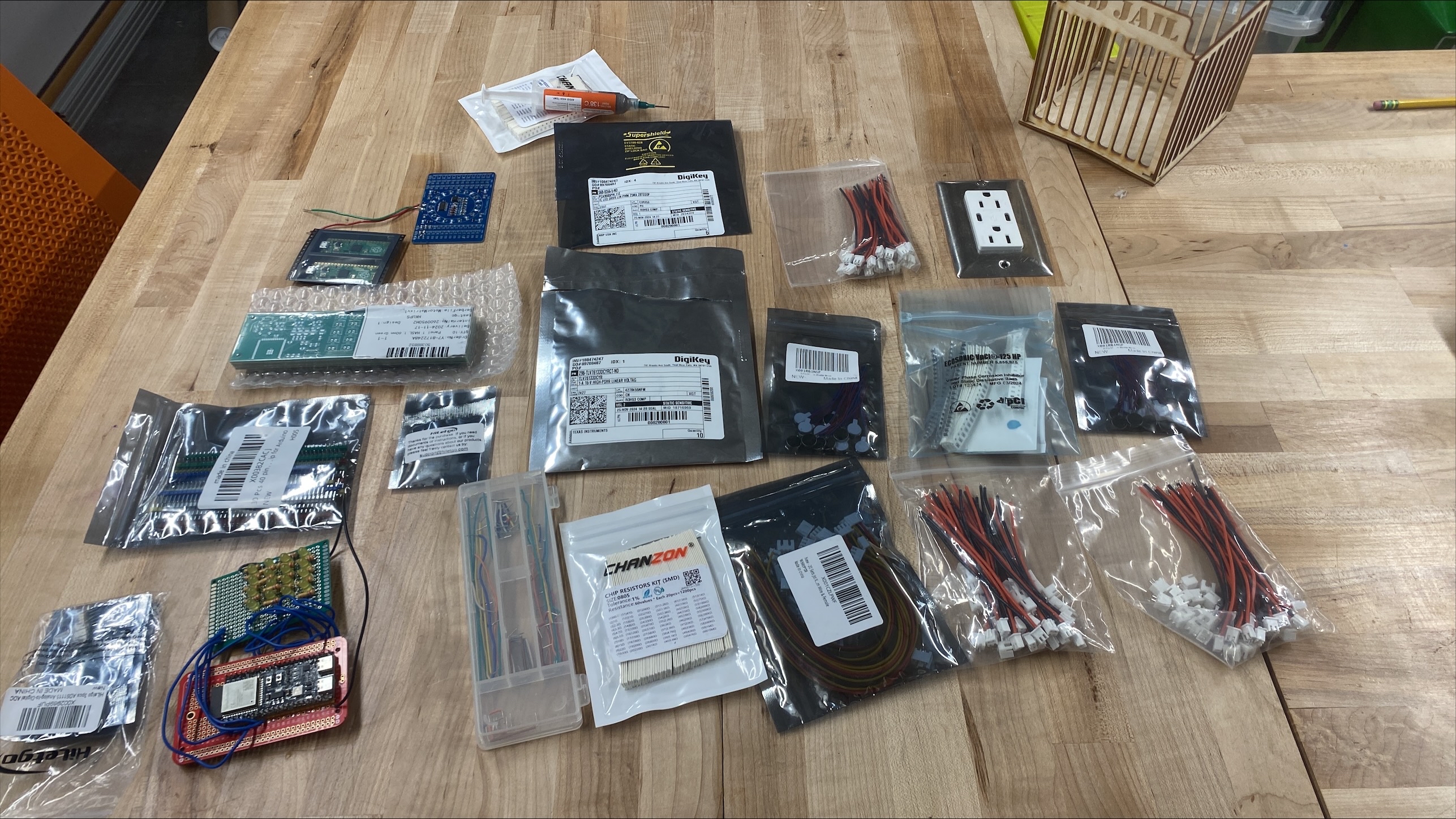SmartHug: A Modular Vibrational Haptic Grid
Daniel SiegelSummary
SmartHug is a project I'm currently working on through the Tufts Idea Lab. The device is a flexible, ESP32-powered haptic feedback system designed for targeted pain relief, accessibility, and interactive applications. It uses an addressable vibration motor grid to create programmable tactile sensations that synchronize with visual and auditory feedback, making it useful for therapy, gaming, and human-computer interaction.
Key Metrics
- Grid Size: 5×5 addressable matrix, expandable via modular PCB design.
- Response Time: 5ms per vibration cue, enabling real-time feedback.
- Power Efficiency: PWM-controlled motors with optimized power distribution.
- Connectivity: Wi-Fi and Bluetooth support for remote customization.
Design and Process
I built SmartHug around an ESP32 Wroom 2 module with custom PCBs to efficiently control a dense grid of vibration motors. Each node in the system is individually addressable, allowing for localized haptic feedback patterns. I2C GPIO expanders help scale the system while maintaining low latency.
Over the course of last semester, I've worked with my team to:
- Design and assemble custom PCBs, refining motor control and power efficiency.
- Develop a 5×5 LED prototype grid for testing haptic-visual interaction.
- Teach PCB design and reflow soldering to other team members.
- Experiment with actuator-driven soft robotics for enhanced tactile resolution.
Applications and Future Work
SmartHug is designed for three core applications:
-
Therapeutic and Assistive Technology
- Provides targeted vibrational therapy for pain relief and muscle relaxation.
- Functions as an alternative communication tool for visually impaired users.
- Can be integrated into physical therapy and rehabilitation programs.
-
Immersive Media and Gaming
- Enhances VR/AR by adding spatial haptic effects.
- Can be embedded in gaming peripherals to improve realism.
- Supports gesture-based control with tactile cues.
-
Soft Robotics and Adaptive Interfaces
- Future versions will incorporate biocompatible materials.
- AI-driven real-time haptic adjustments using physiological data.
- Expanded actuator options, including servos and linear resonant actuators.



